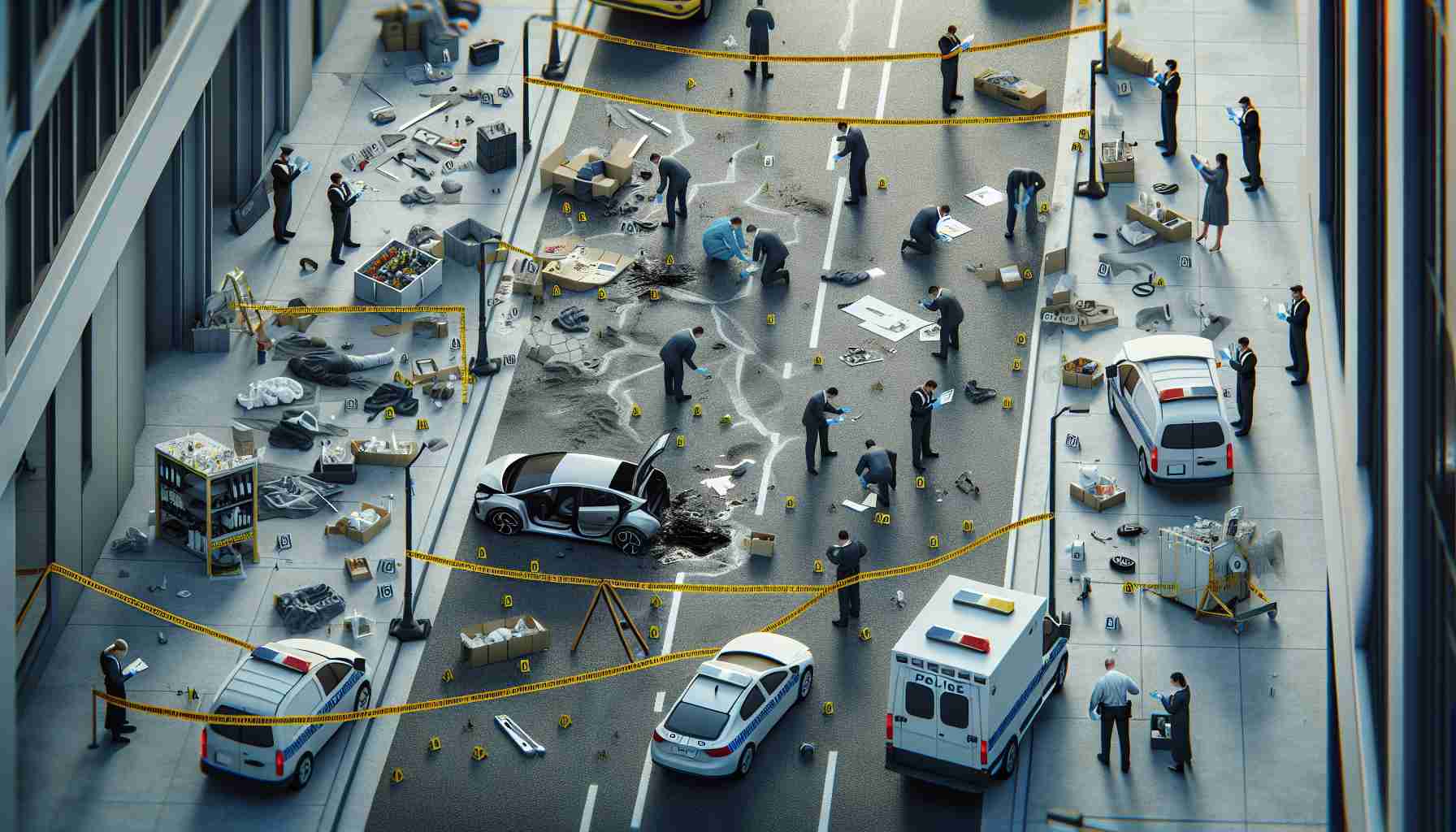Auto industry and local authorities work together after a tragic collision
In a recent development that brought sorrow to a Chinese community, an electric SUV was involved in a fatal accident that claimed the lives of three individuals, including a young child. Aito Automobile, an electric vehicle maker backed by tech giant Huawei, has commenced a thorough investigation in alliance with law enforcement following a distressing road event.
According to reports, the incident occurred when the Aito M7 SUV collided with a large truck on a highway in Yuncheng, located within China’s Shanxi province. The aftermath was catastrophic, with the SUV catching fire, consequently leading to a loss of lives.
In a display of responsiveness, Aito used its digital platforms on WeChat and Weibo to communicate its intentions to the public. The company announced that preliminary data extracted from the vehicle indicated it was traveling at a speed of approximately 71 miles per hour and confirmed normal operation of safety systems such as the airbags. Importantly, the battery readings did not show any anomalies.
Aito’s collaboration with the authorities includes providing all the necessary vehicle data to aid in piecing together the events that led to this calamity. This effort will be vital in offering clarity and support to the affected families.
Social media provided scenes where onlookers made efforts to rescue the vehicle’s occupants, reflecting a harrowing situation as the front of the SUV was subsumed by fire. Launched in 2022, the Aito M7 is a product of the collaboration between Huawei and Seres Group, with Huawei supplying technological expertise and marketing support for the vehicle.
Electric vehicle safety and investigation protocols after incidents
Following the tragic incident involving the Aito M7 electric SUV, significant questions arise regarding electric vehicle (EV) safety, battery technology, and emergency response protocols. These questions are not only critical for the affected families and communities but also for the broader auto industry and the general public, as the adoption of EVs continues to expand.
Most important questions and provided answers:
1. What is the cause of the EV incident? – The specific cause of the accident is under investigation. Aito Automobile is working with authorities to determine whether it was due to a systems failure, human error, or external factors such as road conditions or the involvement of the other vehicle.
2. Are electric vehicles more prone to fires? – EV fires are relatively rare, but when they do occur, the lithium-ion batteries can make them particularly intense and challenging for first responders to handle.
3. How do safety standards for electric vehicles compare with traditional combustion-engine vehicles? – Generally, EVs must meet the same safety standards as traditional vehicles, and many exceed those standards. The battery packs are designed to be very robust to prevent damage that could lead to fires.
Key challenges or controversies:
– Battery Safety: The integrity of lithium-ion batteries following collisions is a major concern, as damage to the battery cells can lead to thermal runaway and fires.
– First Responder Training: EV incidents pose unique challenges, and there’s a growing need for proper training and equipment among emergency services globally to address electric vehicle fires effectively.
– Readiness of EV Infrastructure: As the EV market grows, ensuring that there are adequate safety measures and infrastructure to support this growth is imperative.
Advantages and Disadvantages:
– Advantages: Electric vehicles offer numerous benefits, including reduced emissions, lower operating costs, and potential for integration with renewable energy. They have fewer moving parts, which can reduce maintenance needs and increase vehicle longevity.
– Disadvantages: Despite the benefits, concerns persist over the environmental impact of battery production and disposal, as well as challenges associated with battery fires, particularly the difficulty in extinguishing them and the toxic fumes they can emit.
For further information on electric vehicles and the auto industry, you might consider visiting reputable sources such as the International Energy Agency or the National Highway Traffic Safety Administration. These organizations offer insights into the energy sector and vehicle safety standards, respectively. However, please note that the URLs provided are for reference purposes and do not directly relate to the article’s specific incident.
